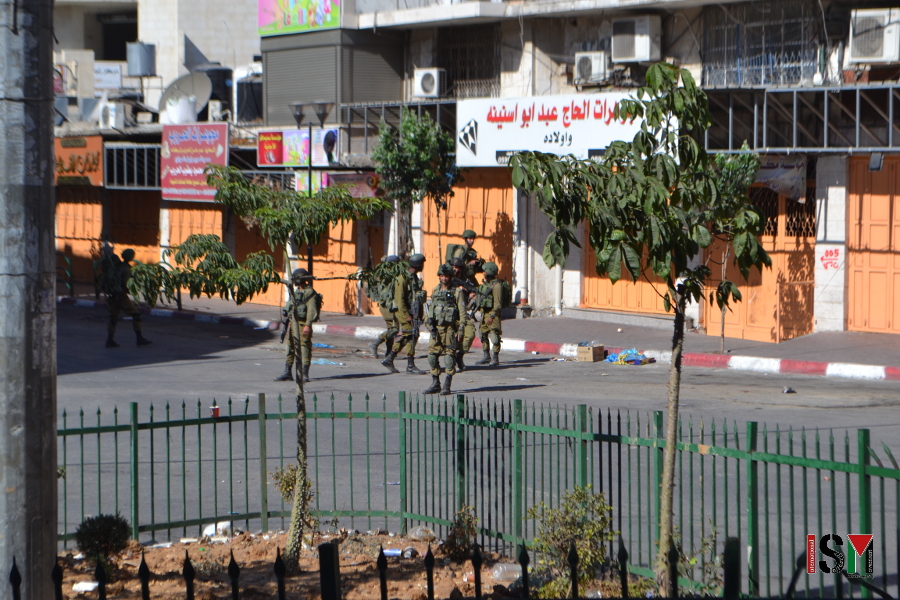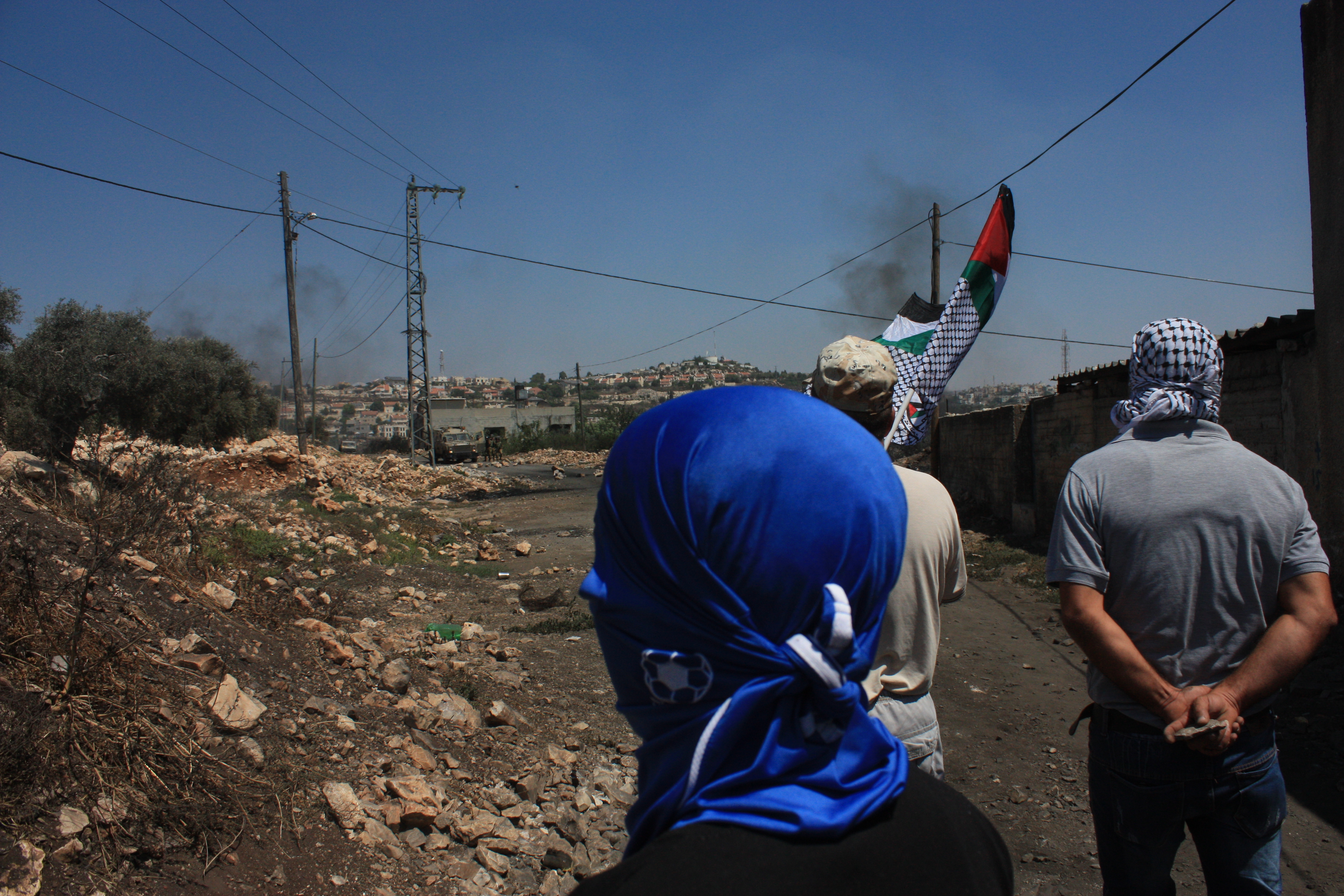Tag: International law
-
Friday protest in occupied Hebron
20th August 2017 | International Solidarity Movement, al-Khalil team | Hebron, occupied Palestine Last Friday, 18th of August, during a protest in front of checkpoint 56 in Hebron, a group of young Palestinians were demonstrating against the illegal occupation of Palestine. The Israeli forces violently dispersed the crowd, by illegally entering the H1 area in…
-
Israeli occupation forces suppress peaceful protest with rubber-coated steel bullets and live ammunition
20th August 2017 | International Solidarity Movement, Huwwara-team | Kafr Qaddum, occupied Palestine Israeli occupation forces suppressed another non-violent demonstration on Friday the 18th of August, in the village Kafr Qaddum, in the occupied West Bank. The weekly demonstrations protest the closure of the main road connecting the village with Nablus, which is the main…
-
Protest against house demolition in al-Walaje
19th August 2017 | International Solidarity Movement | Al-Khalil team, Occupied Hebron Friday 18th of August, the villagers from al-Walaje, a village near Bethlehem, were peacefully protesting the demolition orders of 22 houses in their village. The residents received the demolition order last month. The Israeli forces want to demolish the houses in order to expand…



